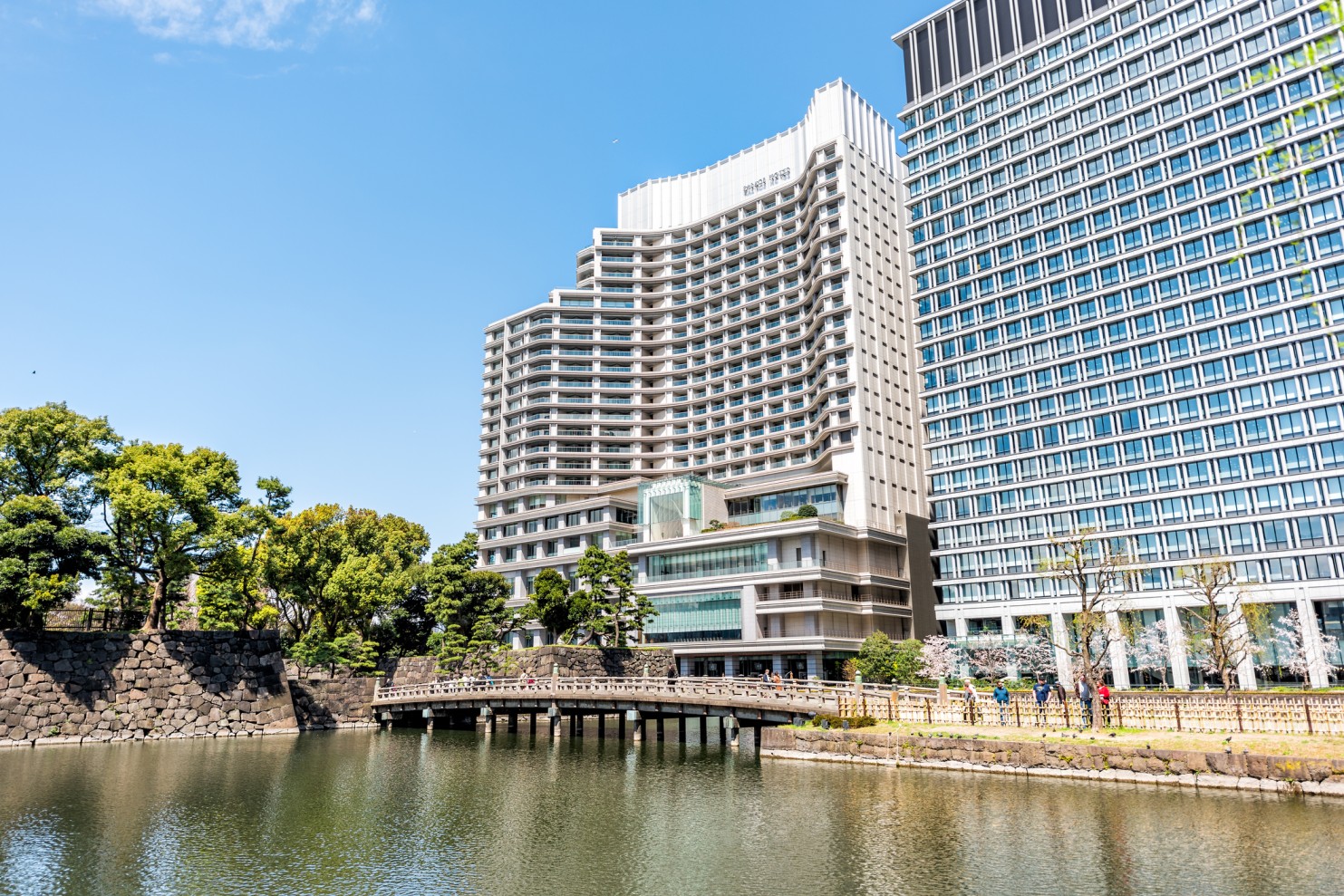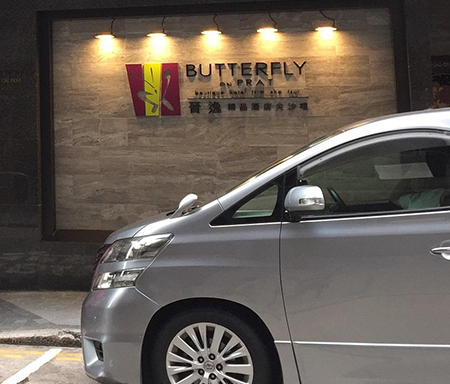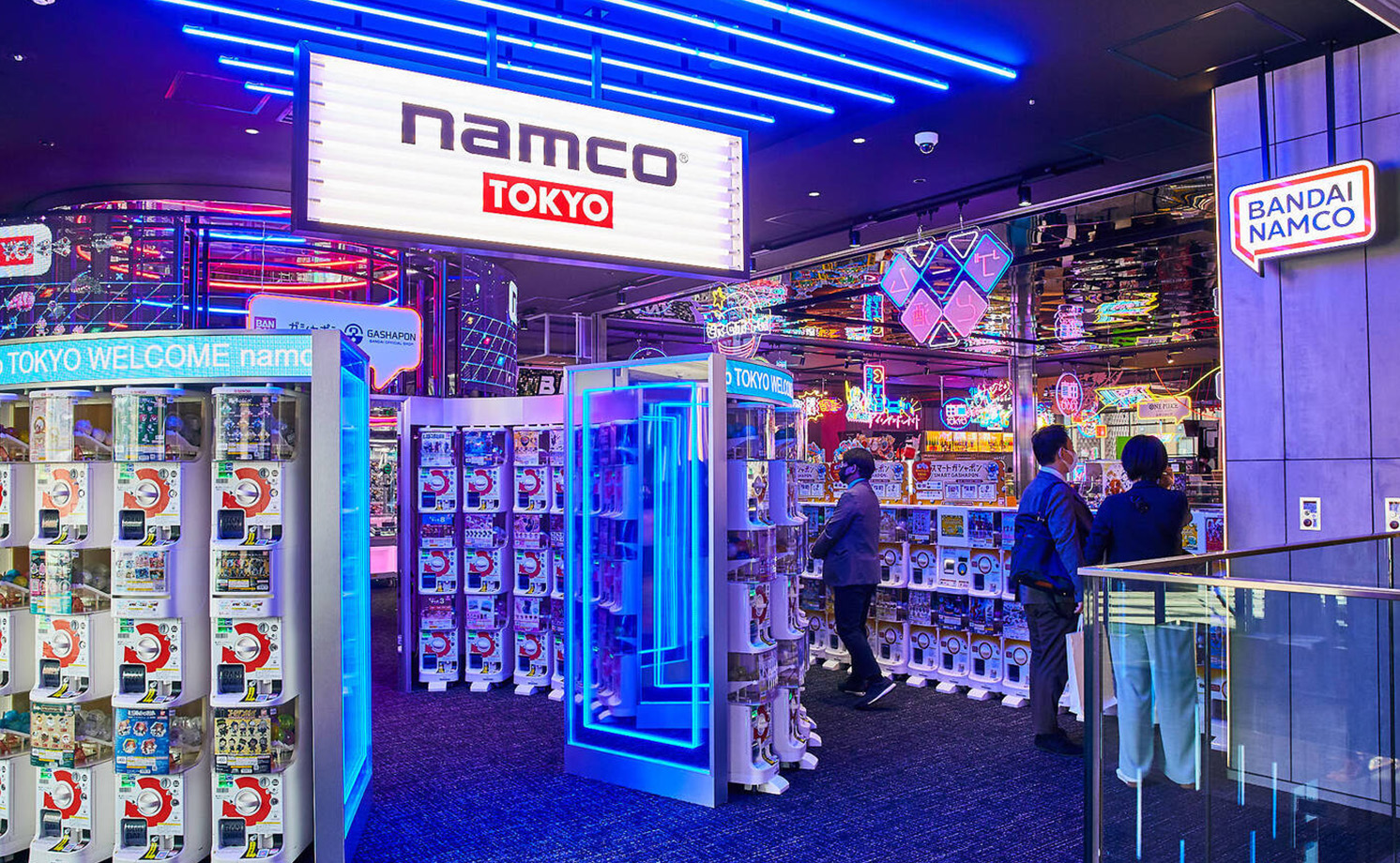
Interest in hotels is rekindled
Explore the resilient revival of the Asia Pacific hotel market after the pandemic impact. Discover the latest trends as room rates soar, driven by international tourists and operational challenges.
The impact of the pandemic on the hotel market was brutal and the sector was often forced to fall back on anemic domestic tourism or allow use as quarantine facilities in order to survive. Today, things are looking up even as tourist numbers have not quite returned to pre-pandemic levels.
As restrictions were finally lifted in early 2023 (Asia Pac was late to open up) room rates in 10 out of 14 prime hotel markets in the region recorded growth over the first six months of the year. Most notable was Tokyo which saw a 122% YoY increase in rates while Seoul, Hong Kong, Taipei, Beijing, Ho Chi Minh and Hanoi also witnessed hikes of 20% to 40% YoY. Rising rates were driven by international tourists but also reflected a lack of capacity in many areas including staff shortages, limited flights, rising fuel prices and spiraling operational costs.
While international travel numbers are expected to hit 56% of 2019 levels in 2023 and 84% in 2024, the slow return of mainland tourists is proving to be a major drag on the sector. Not surprisingly, many markets including Thailand and South Korea, are taking steps to actively encourage the return of this major travel group by easing or temporarily eliminating visa restrictions.
Meanwhile domestic travel remains a crutch as a strong US Dollar has ramped up the cost of overseas travel, especially for the Japanese market where the Yen has lost significant ground. China and India both boast enormous domestic markets with domestic air traffic volumes already exceeding pre-pandemic levels according to IATA. Another loss to regional markets is the business traveler as corporate travel languishes at around 30% of pre-pandemic levels. The reasons are not hard to fathom, corporate budget cuts and the rise of virtual meetings.
Despite the headwinds, investor interest is returning even if deal count has been slow to catch up; the regional transaction volume fell 28% YoY over the first three quarters of 2023. However, the picture at a sub-market level is more nuanced with India, Japan and Taiwan all reporting higher activity levels. Of the US$9.1 billion funds flow during the first nine months of 2023, over a third was deployed in Japan, encouraged by low interest rates, a weak Yen, rebounding demand and consistent GDP growth.
Overall, then, the Asia Pacific hotel sector is showing strong signs of recovery even if challenges remain in the form of higher for longer rates, staff shortages, aviation bottlenecks and geopolitical tensions. Investment markets where we see potential include domestic hotspots China and India, Japan, and international favorite Southeast Asia even if prime opportunities may be scarce. Looking further ahead, the industry is well supported by a myriad of favourable factors including a growing middle class, rising disposable incomes, more leisure time and a tendency to increasingly prioritise experiences to the benefit of hotel stays.
Further reading:
Investors appreciate Singapore hospitality
Contact Us:
Simon Smith



